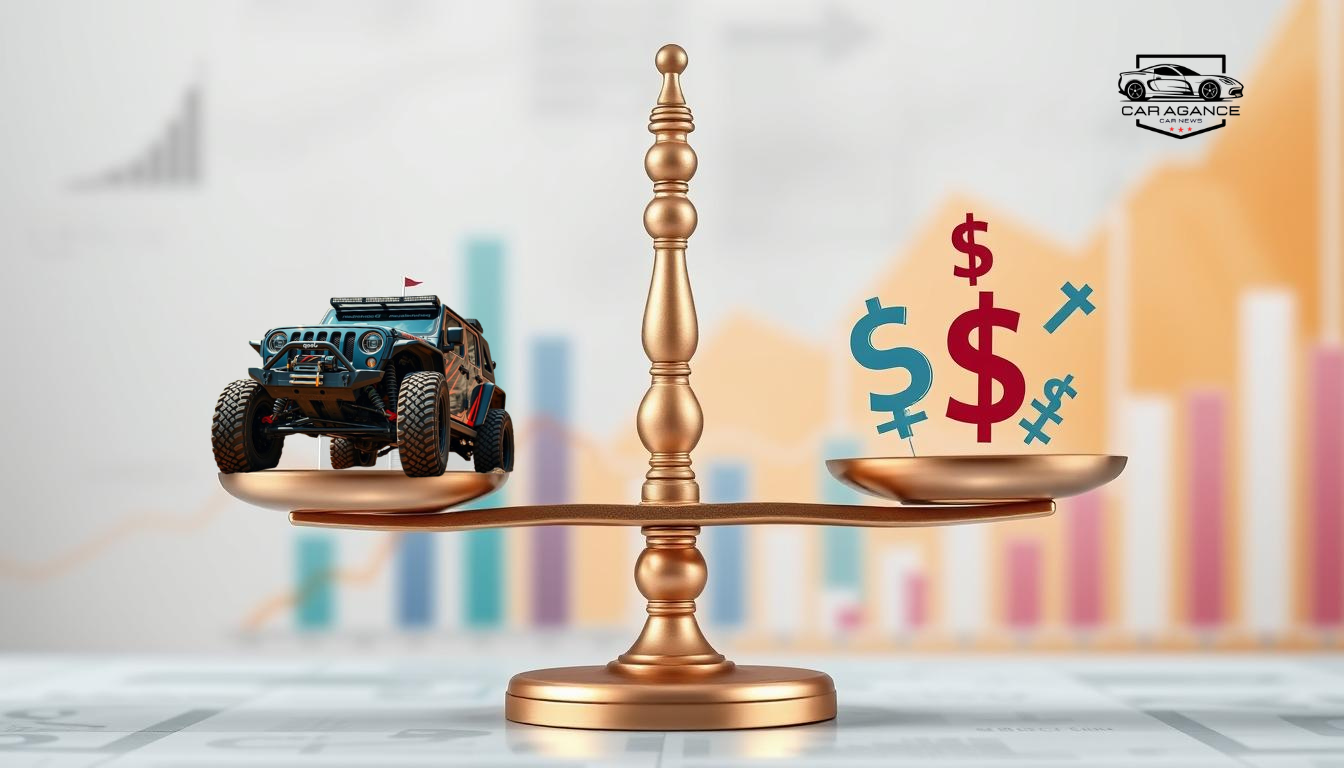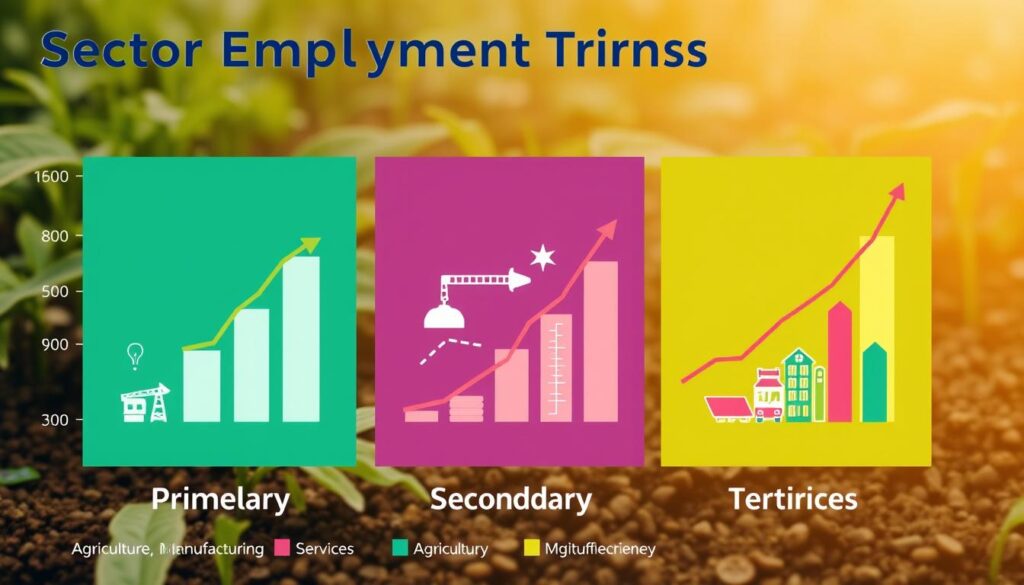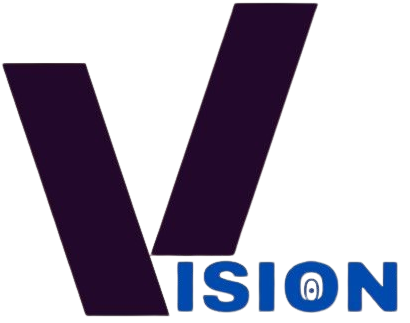
Ever thought about how your money choices affect the economy? Knowing the practical economic categories today is key. They help you make smart financial decisions and understand the economy better. With the economy growing by 6% by 2033, it’s more important than ever to learn about these categories.
Learning about economic systems gives you investment insights and helps you understand market trends. This knowledge is not just for economists. It helps anyone make better financial choices in today’s world.
Key Takeaways
- The field of economics is expanding, with a projected growth rate of 6% through 2033.
- A master’s degree in business analytics can enhance career opportunities for economists.
- There are three primary types of economies: command, market, and mixed.
- Understanding economic categories is essential for informed financial decision-making.
- Resource allocation significantly impacts economic growth and societal well-being.
- Private sector economists play vital roles as consultants and analysts.
- The three main branches of economics include macroeconomics, microeconomics, and applied economics.
Understanding Economics: A Crucial Concept for Everyone
Economics is key for making choices in our daily lives, in businesses, and by governments. It’s about how we use limited resources to meet our endless needs. This study helps us understand the rules that make our society better and grow.
The Definition of Economics
Economics looks at why we make certain choices with resources. We all face the problem of not having enough to go around. This leads to making choices based on what’s most important.
Things like supply and demand show how prices change. When more people want something, prices go up. This makes businesses produce more to meet demand.
The Importance of Economic Analysis
Economic analysis is very important for making smart financial decisions. It helps us see the value of what we choose. By looking at costs and benefits, we can make choices that are best for us.
Understanding economic incentives helps us see why businesses act the way they do. But, if incentives don’t match up, things can go wrong. Learning about these ideas helps us make better choices in our economy.
| Economic Concept | Description |
|---|---|
| Scarcity | The limited availability of resources in contrast to unlimited wants. |
| Supply and Demand | The relationship between product availability and consumer desire, influencing pricing dynamics. |
| Cost-Benefit Analysis | A method used for evaluating the total expected cost against the anticipated benefits of a decision. |
| Economic Incentives | Factors that motivate individuals or businesses to make certain choices, affecting resource allocation. |
| Market Forces | The effects of supply and demand that determine prices in a market economy. |
The Three Basic Types of Economic Systems
Learning about the three main economic systems helps us see how societies use resources and make things. Each system—command, market, and mixed—works differently. These differences affect people and governments in unique ways.
Overview of Command, Market, and Mixed Economies
A command economy is common in socialist states, where the government controls the economy a lot. On the other hand, a market economy lets the market decide prices and how resources are used. Many countries, especially in the West, have a mixed economy. This mix balances government rules and free market ideas.
Characteristics of Each Economic System
Each economic system has its own way of working:
| Economic System | Characteristics |
|---|---|
| Command Economy | Government owns resourcesDecisions are made by the governmentFocus on social welfare and equalityLess freedom for individuals |
| Market Economy | Private ownership of resourcesDecisions based on supply and demandMore economic freedomProfit drives innovation |
| Mixed Economy | Both government and private ownershipRules for public welfareSupports stable growthWorks to reduce inequality |
Take a Look at the Practical Economic Categories
Economics has many practical categories. Each one affects how resources are used and how markets work. These categories help us understand how resources are managed.
The Role of Resource Allocation in Economics
Resource allocation is key in economics. It decides how resources are used in different ways. This affects how things are made and used.
Using resources well means making things more efficiently. This means using less money to make more. Cost-benefit analysis helps make smart choices about using resources.
Understanding the Supply and Demand Dynamics
Knowing about supply and demand dynamics is important. Supply is how much something can be made or sold. Demand is how much people want to buy it.
These two things change prices and how much is made. When there’s too much supply, prices go down. When demand is higher, prices go up.
| Economic Category | Resource Allocation Method | Example of Supply and Demand Dynamics |
|---|---|---|
| Market Economy | Price Mechanism | High demand for electric vehicles leads to increased production. |
| Command Economy | Central Planning | Government sets quotas for steel production, affecting availability. |
| Mixed Economy | Public and Private Sector Collaboration | High unemployment prompts government to stimulate job creation. |
Looking at these categories helps us see how resources and supply-demand work together. This gives us a better understanding of markets.
Branches of Economics: Macro and Micro
Economics is a big field split into two main parts: macroeconomics and microeconomics. Each part is key to understanding the economy. They help us see how economies work and change.
Macroeconomics: Large Scale Economic Factors
Macroeconomics looks at big economic issues like national income and growth. It studies how government actions and demand affect the economy. Important indicators like GDP and inflation rates show how well the economy is doing.
For example, big events like the 2008 recession and COVID-19 show how macroeconomic factors affect money and investments.
Microeconomics: Individual and Business Decision-Making
Microeconomics focuses on what individuals and businesses decide about using resources and trading goods. It looks at supply, demand, and prices in markets. It’s about how people and companies make choices.
For instance, a family’s budget for fun and food shows how microeconomic factors influence personal spending.
| Aspect | Macroeconomics | Microeconomics |
|---|---|---|
| Focus | National or global economic factors | Individual or business decisions |
| Key Indicators | GDP, unemployment rates, inflation | Supply, demand, pricing |
| Application | Formulating economic and fiscal policies | Resource allocation and pricing strategies |
| Examples | National income, economic growth rates | Household budget allocation, business pricing |
Both macroeconomics and microeconomics give us important insights. They help people and governments make better choices. Knowing these areas is crucial for dealing with today’s financial and economic challenges.
Economic Indicators: What They Reveal About the Economy
Understanding economic indicators is key to knowing an economy’s health. These indicators fall into three groups: leading, lagging, and coincident. Each group gives us different views of the economy’s past, present, and future.
Types of Economic Indicators: Leading, Lagging, and Coincident
Leading indicators help predict what’s coming in the economy. They include things like the yield curve and stock market trends. Lagging indicators show us what’s already happened, like GDP and job rates. Coincident indicators, meanwhile, show us where we are right now, like GDP and retail sales.
Key Economic Indicators: GDP, Inflation Rates, and Unemployment
The Gross Domestic Product (GDP) is a top indicator of a country’s health. As of Q2 2024, consumer spending made up almost 68% of GDP. The unemployment rate is 4.1% as of September 2024, and inflation is at 2.4%.
These indicators are crucial for policymakers and economists. They help them understand the nation’s economic state.
Sector Analysis: Understanding the Different Economic Sectors
Looking at economic sectors helps us see how industries add to the economy’s health. Jobs and businesses fall into three main groups: primary, secondary, and tertiary sectors. Each sector is key to the economy, affecting jobs and productivity.
By studying these sectors, we learn a lot about both new and established economies.
Defining Primary, Secondary, and Tertiary Sectors
The primary sector deals with getting natural resources like farming, mining, and fishing. It’s a big job creator in new economies. The secondary sector, which includes making things and building, grew a lot after the Industrial Revolution. It changed the world’s economy.
The tertiary sector is all about services like transportation, healthcare, and shopping. By 2020, it made up over 60% of the world’s GDP.
| Economic Sector | Description | Typical Activities |
|---|---|---|
| Primary Sector | Extraction and harvesting of natural resources | Farming, mining, fishing, forestry |
| Secondary Sector | Manufacturing and construction activities | Manufacturing plants, construction sites |
| Tertiary Sector | Service-oriented industries | Transportation, retail, healthcare |
Emerging vs. Developed Economies: Sector Employment Trends
Jobs in different sectors show big differences between new and old economies. New countries often rely too much on the primary sector, which slows growth. Old countries have a better mix of sectors.
The quaternary and quinary sectors, which focus on advanced knowledge and services, are growing in old economies. This makes them stronger and less dependent on one sector, especially when facing problems like losing jobs in manufacturing.

Investment Strategies: Key Economic Principles
Creating good investment plans means understanding market trends and financial planning. Investors need to check opportunities and think about their risk management. This helps make better decisions and matches investments with the economy.
Assessing Market Trends for Investment Opportunities
Looking at market trends is key for good investment plans. Investors should watch for signs of new chances in different parts of the economy. Some plans include:
- Value investing: Picking stocks that are cheaper than they should be, for long-term gains
- Growth investing: Going for companies that are likely to make more money in the future
- Dollar-cost averaging: Putting the same amount of money into investments at regular times, no matter the market
Using these plans means checking your financial goals and personal situation often. You might need to change your investment plan as your goals or risk comfort level change.
Risk Management in Investment Strategies
Good risk management is essential for solid investment plans. Investors should only risk money they can afford to lose and spread their investments. Ways to manage risk include:
- Spreading investments across different types of assets to lower risk
- Using safe strategies, like U.S. Treasury bonds and CDs, when the market is shaky
- Checking and adjusting your plan often based on how it’s doing and your personal life
Knowing about economic cycles and trends helps with finding good opportunities. A balanced portfolio helps investors deal with market ups and downs while aiming for growth.
| Investment Strategy | Risk Level | Similarities | Key Benefits |
|---|---|---|---|
| Conservative | Low | Focus on wealth protection and minimal risks | Stable returns, suitable for risk-averse investors |
| Aggressive | High | Seeking rapid growth with risky assets | Potential for high returns, attractive for young investors |
| Value Investing | Medium | Selecting undervalued stocks | Long-term gains as market prices converge with value |
| Growth Investing | Medium to High | Investing in high-potential earnings companies | Opportunity for substantial capital appreciation |
Fiscal and Monetary Policies: Shaping the Economic Landscape
Fiscal and monetary policies are key in shaping the economy. They help us understand how government spending, taxes, and money supply work. These policies play different roles in stabilizing the economy and boosting growth.
The Role of Government in Economic Stabilization
Governments use fiscal policy to adjust spending and taxes. This helps stimulate the economy, especially when it’s slow. Keynesian theories say that more government spending can boost economic activity.
However, critics from monetarist views say government actions might not always prevent economic downturns. They worry that more spending can increase national debt. Also, government borrowing can raise interest rates, affecting investments.
Interest Rates and Their Impact on Economic Growth
Monetary policy, led by the Federal Reserve, focuses on managing money supply and interest rates. It aims to create a good economic environment. The Fed uses tools like open market operations to change borrowing costs and money demand.
The Effective Federal Funds Rate (EFFR) shows these changes. The Fed controls interest rates through facilities like the Interest on Reserve Balances (IORB) and the Overnight Reverse Repo Facility (ON RRP). These actions affect borrowing costs and investment, influencing economic growth.
| Aspect | Fiscal Policy | Monetary Policy |
|---|---|---|
| Definition | Government spending and taxation decisions | Regulation of money supply and interest rates |
| Main Goal | Stimulate economic growth | Maintain stable economic conditions |
| Key Players | Government and policymakers | Federal Reserve |
| Implementation Time | Natural lag in passing through legislation | Reactive to market conditions and trends |
| Potential Risks | Increased national debt, crowding out | Market reactions to interest rate changes |
Economic Forecasting: Predicting Future Trends
Economic forecasting is key for predicting future trends. It helps organizations make better decisions. Knowing how to forecast is essential for planning and using resources wisely.
Methods of Economic Forecasting
Many methods are used in economic forecasting. These include:
- Predictive modeling: Uses past data to predict future events.
- Econometrics: Uses stats to understand economic data.
- Time series analysis: Studies data collected at regular times.
- Qualitative methods: Uses expert opinions and market research.
Important indicators like inflation and unemployment rates are used in these methods. For example, the OECD predicts global GDP growth of 3.1% in 2024 and 3.2% in 2025. Despite past errors, forecasting is getting better.
The Importance of Economic Data Analytics
Economic data analytics makes forecasting more reliable. It helps businesses and governments make smart choices. Data insights lead to better planning and strategies.
As forecasting gets better, it still faces challenges. But using best practices improves its quality. Over time, forecasting has become crucial in many industries. It uses both qualitative and quantitative methods, showing the importance of data in predicting the future.
Conclusion
Exploring practical economic categories gives us key insights into how resources are used and how markets work. It also shows how fiscal and monetary policies interact. This knowledge is vital for understanding today’s economy.
As students move into roles in government, finance, and non-profits, this knowledge is crucial. It helps in making smart financial plans and investment decisions.
Today, education in economics is changing. It’s moving towards teaching practical skills and critical thinking. This prepares students to face economic challenges confidently.
This change shows a need for a more diverse and practical economics education. It goes beyond old teaching methods and focuses on solving real-world problems.
Looking to the future, staying alert to economic signs and trends is key. It helps us make smart choices. Whether it’s about resource use or market behavior, knowing these economic categories is essential.
This knowledge lets us tackle economic challenges and seize opportunities. It’s important in today’s fast-changing world.
FAQ
What are practical economic categories?
Practical economic categories include theories, practices, and policies that guide economic decisions. They affect both individuals and nations. These categories are crucial for managing resources, promoting economic growth, and improving society.
How does economic analysis influence financial planning?
Economic analysis helps understand market forces, pricing, and consumer behavior. It guides individuals and organizations in making smart financial decisions and managing resources effectively.
What are the key components of economics?
Economics focuses on producing, distributing, and consuming goods and services. It also deals with allocating limited resources to meet unlimited needs and wants.
What are the three main types of economic systems?
There are three main economic systems: command, market, and mixed. Command economies are government-controlled, market economies have less government, and mixed economies combine both. Most countries, like the U.S., have mixed economies.
What role does resource allocation play in economics?
Resource allocation is vital. It determines how resources are used to produce goods and services. This affects pricing and production levels.
What is the difference between macroeconomics and microeconomics?
Macroeconomics looks at big economic factors like national income and growth. Microeconomics focuses on individual and business decisions about resource use and consumer choices.
What are economic indicators?
Economic indicators help measure economic health. They include leading, lagging, and coincident indicators. Key metrics are GDP, inflation rates, and unemployment statistics.
What are the primary, secondary, and tertiary sectors in economics?
The primary sector extracts natural resources. The secondary sector manufactures goods. The tertiary sector includes services like retail and healthcare.
How can investment strategies be developed?
Good investment strategies start with understanding economic principles and market trends. They also involve risk management to optimize portfolios and seize economic opportunities.
How do fiscal and monetary policies impact the economy?
Fiscal policy uses government spending and taxes to influence the economy. Monetary policy controls money supply and interest rates. Both are key to stabilizing and growing the economy.
What methods are used in economic forecasting?
Forecasting uses predictive modeling and econometrics to analyze past data and predict trends. This helps businesses and governments make informed decisions.






